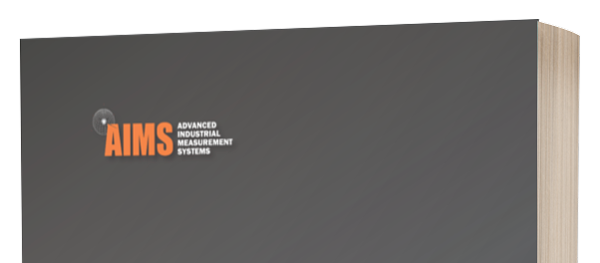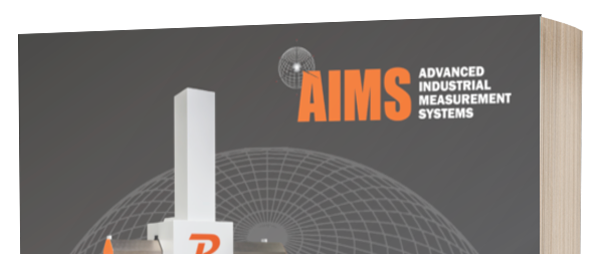
Global Industry Analysts reports that by 2020, an increasing focus on quality is expected to push the coordinate measuring machine (CMM) global market past $2.9 billion. Examples include the expanding need for high precision automotive parts inspection on assembly lines and advancements within the medical device market. Both are credited with fueling CMM industry growth.
But if the CMM market is growing, where have all the programmers gone?
It’s a question we ask ourselves because of the ongoing flood of CMM programming requests we receive from customers. But let's back up - what is a CMM programmer?
In basic terms, a CMM programmer interprets object blueprints and programs the CMM to take precise measurements.
What's causing this "dry spell?" Perhaps the number of new programmers just isn't catching up with customer demands. It may also be due to a lack of understanding about the job, both on the part of headhunters and companies looking to hire CMM programmers. From the perspective of a fabricator, we see this scenario over and over. A new job comes through the door, prompting a company to carefully review its processes for engineering, manufacturing, consumables and resource planning. Unfortunately they often overlook quality inspection. Often, a company doesn’t consider the need to for quality checks until they see the finish line. Why? It seems a fair number of manufacturers are driven by costs rather than quality.
Take the FAA for example. Over the years, quality requirements for fleet aircraft have loosened up. It costs a lot of money to tear down an airplane every 10,000 hours. Economics is driving the trend toward fewer inspections. It’s scary but more profitable.
But it isn’t just about the money. In a lot of ways, CMM technology - because it makes up a smaller portion of the manufacturing industry - is still treated like an orphan. Quality inspection takes the rap as a necessary evil because it isn’t included in upfront planning. In a number of cases, we’ve seen companies hard cost quality inspection when, regardless of job size, it should be a staple for each contract and material review process upfront.
A resident CMM programmer can be a guardian ad litem of sorts for a company’s quality inspection program by making sure it stays on the front burner. So what does a CMM programmer really do? A checklist might look something like this:
- Blue print reading
- Inspection techniques
- Manufacturing processes
- Geometric tolerancing
- Computer-aided design
- CMM software and hardware knowledge
It requires more time and discipline to become a CMM programmer than a computer numeric control (CNC) programmer but there's still a gap in pay scales between the two jobs. The machine that makes parts is the proverbial golden goose, hence the operator who programs that machine typically makes a better wage than the guy that just checks the parts.
In most companies, CMM equipment might make up five percent of the machines onsite. In other words, for 100 CNC machines there might be five CMMs. It can sometimes be the most thankless job you can walk into because you aren’t making chips. CMM programmers aren’t prized until they are needed. Consequently, people aren’t graduating with the skills they need to pursue a career as a CMM programmer.
For the industry, the dry spell represents a chasm companies need to bridge as customer quality requirements are on the rise. We can’t complain, though, because it's work that keeps us busy.
Call us today for your CMM hardware, software, training and programming needs.


